If you’re a fan of zombie horror, try the harrowing and innovative “The Night Eats the World” that reinvigorates an oversaturated subgenre.
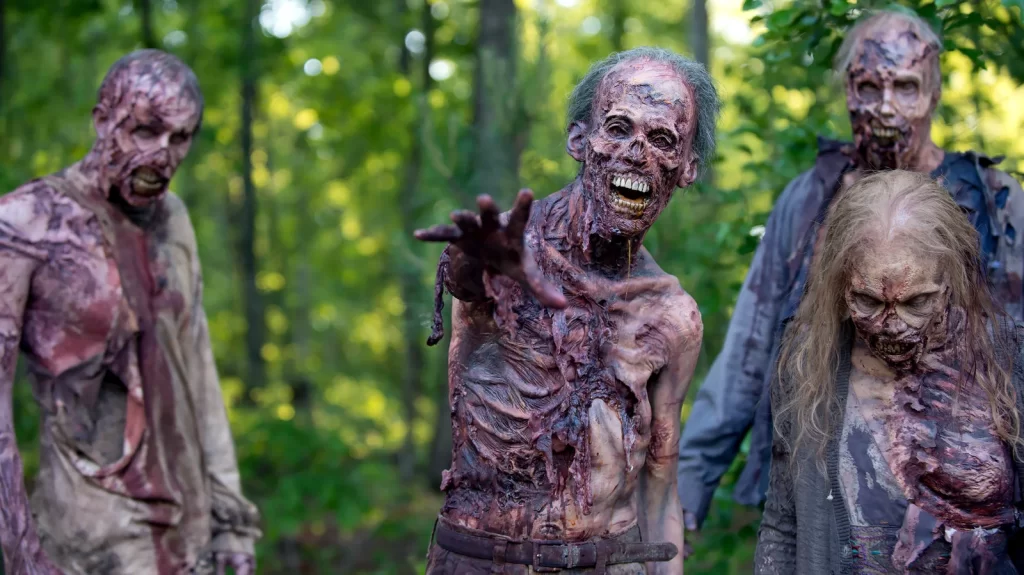
Much can be said about the bloated library of zombie films available to the horror community. As emotionally charged as they may be, or however inventive the SFX might be, it starts to feel that everything’s been done in the subgenre, that the audience has seen it all, that one saw those ambling walking dead coming all along.
And for a time, that may have been true.
When George Romero’s Night of the Living Dead (1968) wandered onto the scene, it created the zombie mythology that audiences would essentially accept as gospel for the next 50 years. But soon, Dan O’Bannon’s The Return of the Living Dead (1985) would imbue the subgenre with an unexpected level of humor that would compete with the initial horror and gore of earlier films. And later still, other filmmakers would put their indelible stamp on the genre films.
Sequels for Romero’s original classic began popping up like weeds from the ground.
Edgar Wright’s horror comedy Shaun of the Dead (2004) infused the mythology with a decided amount of heart and humor, and Ruben Fleischer’s Zombieland (2009) sought to follow suit.
Cable TV network AMC then took a successful serialized stab at the subgenre with The Walking Dead (2010) before the widescreen adaptation of Max Brooks’ popular novel World War Z (2013) attempted once more to put an innovative spin on a horror film hallmark that hadn’t been seen before.
In Marc Forster’s walking dead adaptation of the best-selling novel, the zombies did anything but walk; they ran.
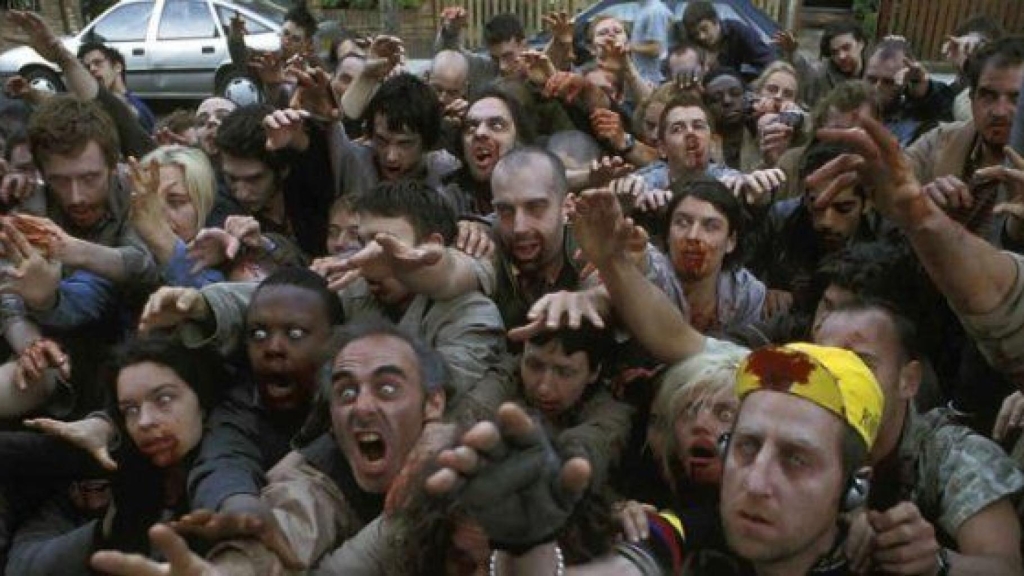
They swarmed in concert. Against the world’s best efforts, they seemed to coordinate their attacks. And they terrorized.
The film – more than others – turned zombies into a pandemic, a seemingly unstoppable wave of undead that only promised that another wave was in close pursuit if you somehow survived the first.
This was not a film about a small band of heroes holed up in a country farmhouse or a local shopping mall against a small army of flesh-eaters. World War Z is a much more personal, visceral battle, the story of a family apparently at odds with an entire globe of the undead.
Somehow, the film was more frenetic than Boyle’s 28 Days Later (2002) and more immediate than Snyder’s remake of Dawn of the Dead (2004) — a frenzied look at a zombie apocalypse from a microscopic level.
And if none of that did the trick – the chattering teeth likely sent moviegoers over the top. By the time then, that films like Train to Busan (2016) and Cargo (2017) inspired viewers with as much horror as with heartbreak, it seemed as if zombie pictures had nowhere new to go but back to the earth where they’d at least feed the maggots waiting there for them.
Then, in 2018, came The Night Eats the World.
TRY THE NIGHT EATS THE WORLD (2018)
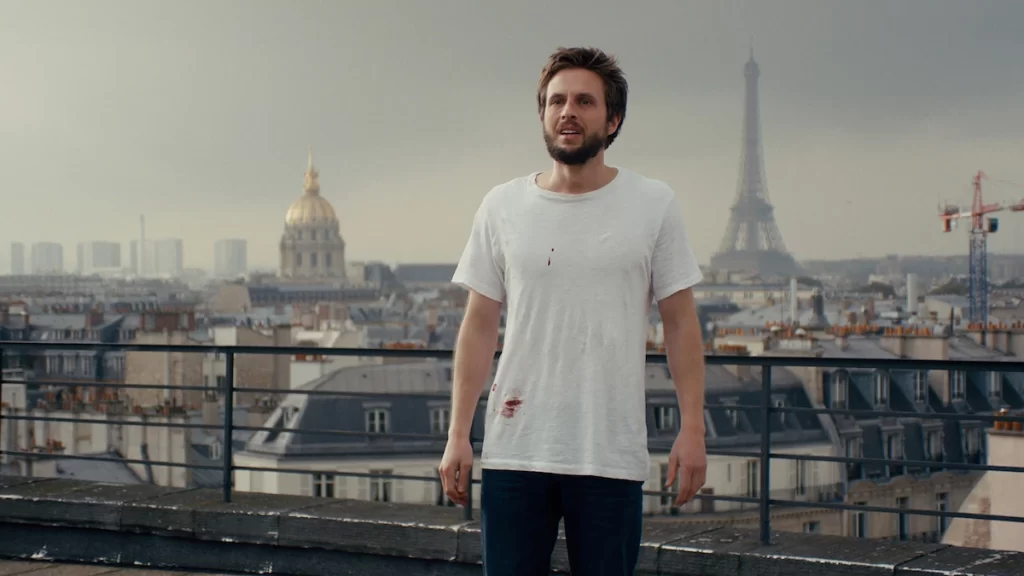
Directed by Dominique Rocher, the film tells the harrowing and desperate story of Sam (Anders Danielsen Lie), who wakes up after a wild party to discover that a horde of zombies has overrun Paris.
Sam may be the sole survivor and knows that he must steel himself within his building in order to stay alive, but he begins to fear that he will not be able to keep himself barricaded in silence when he learns that he might not be alone after all.
Until The Night Eats the World, Rocher had built a career out of TV-sized directorial programming and short films, and his tenure seems to have suited him well as preparation for this, his first major motion picture. Working with a small cast and against the backdrop of the abbreviated runtime of a horror film, Rocher builds an economic survival picture that could have been more complicated than necessary had he learned his beats elsewhere and elsewhen.
But here, every moment of the film is savored and works in service to a miniaturized narrative of the zombie plague that puts the human experience at the center of the pandemic when many films sacrifice humanity for horror.
Meanwhile, Danielsen Lie plays his role like the star of a one-man play, ultimately carrying the film’s pathos upon his troubled shoulders for the duration of the film.
Few zombie films have tracked the movie’s progress from one perspective alone, but Danielsen Lie’s attack on the material is always targeted, quiet, and singular.
But what makes the film uniquely terrifying is its re-imagination of the zombie mythology itself.
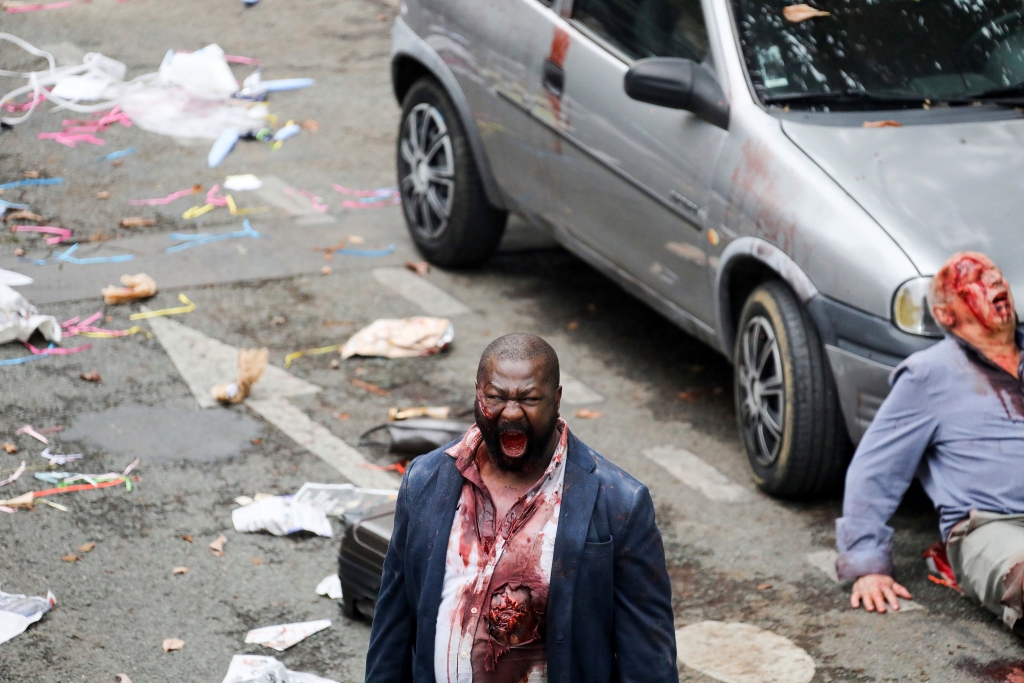
Romero’s zombies focused on devouring human flesh, and they could be more or less defeated by destroying the head and burning the corpse.
O’Bannon’s monsters, meanwhile, were defenseless in much the same way, but they subsisted on a diet strictly of brains, and the dietary shift seemed to intentionally transform the tone of zombie films to come. But the majority of zombie iterations agreed on one point: if you’re bitten by the undead, you, too, become one of the undead.
And yet somehow, novelist Pit Agarmen and screenwriters Jérémie Guez & Guillaume Lamens (with some additional assistance from Rocher) seemed to tap into an element of the zombie experience that had gone overlooked until this picture.
If a zombie’s flesh is in a constant state of decay, then so too are its vocal cords, which would obviously indicate that zombies are not the moaning, groaning scavengers of human brains but a wall of quiet, undead meat trekking its way across the landscape — incapable of making the guttural sounds long associated with the walking dead, ready to fall upon its victims in a silent assault.
In the film, the result is appalling, asking our hero Sam to remain as quiet as possible against a zombie horde and yet remain fully aware that it could sneak up upon him at any given moment.
Suddenly, the suspenseful anticipation of an undead attack was heightened in a way that most viewers had never imagined before, elevating the audience’s fate at the ghoulish hands of zombies to a new level of realism. The film demanded a retreat from where the genre films had been headed for so long, an escape from the raucous, noisy assault that the zombie armies had come to represent over time.
For this reason, the film shambles effortlessly along a tenuous tightrope, somewhere between a particularly muted though taut pensiveness and an insurmountable sense of impending doom.
That’s always been an inimitable ingredient of the horror experience.
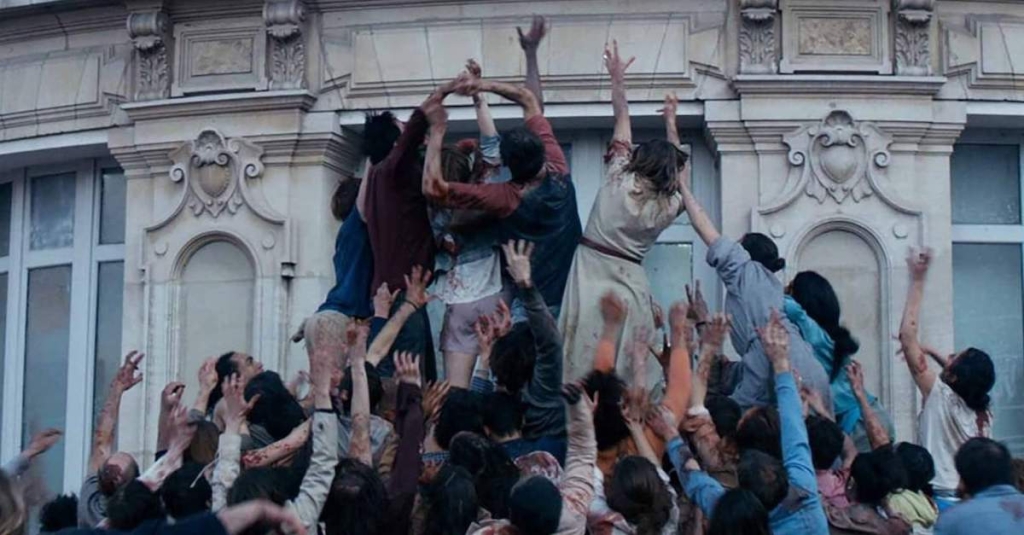
Its ability to adapt and respond to its audience so that the genre can remain fresh has always been one of the most important components of the films that have risen from their own graves and transformed into something new and innovative, something capable of inspiring horror in ways that no moviegoer could have anticipated.
Like the lurching, sloth-like undead that once haunted our dreams, it was only a matter of time before zombies, too, would catch up with an audience that demanded more effort in the chase that pursued them, expecting more urgency from a subgenre of horror that had started to slow down over time.
And for that reason, it wouldn’t take many brains to recognize that it’s strange that audiences didn’t somehow see that coming all along.
The Night Eats the World is available on a number of streaming services, including Pluto TV, Tubi, Peacock, and Amazon Prime, among others.


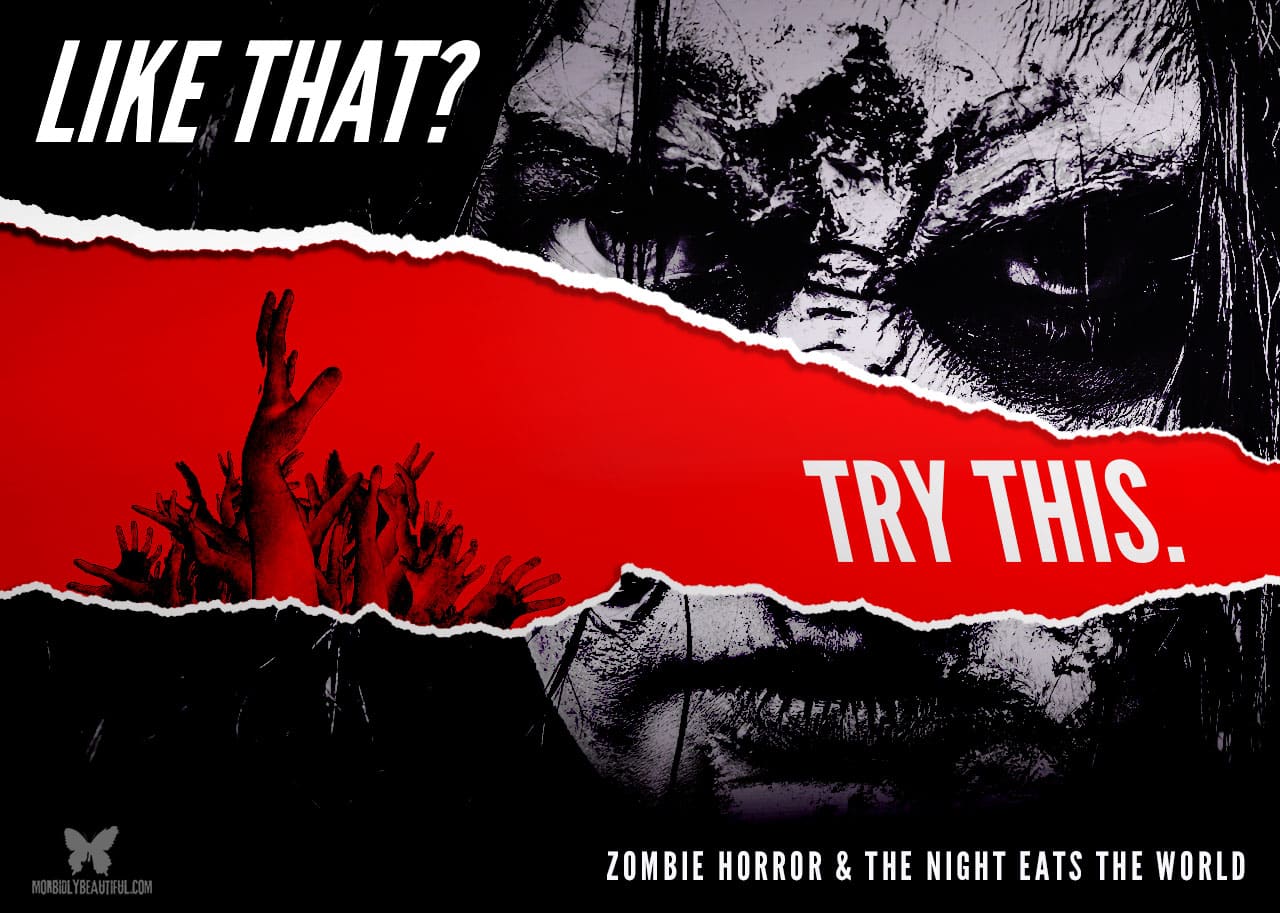
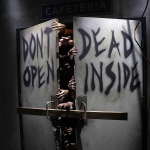

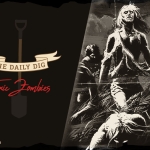
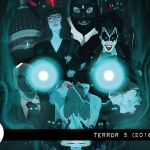




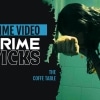


Follow Us!